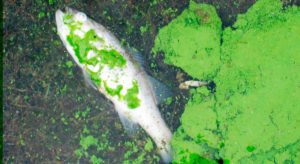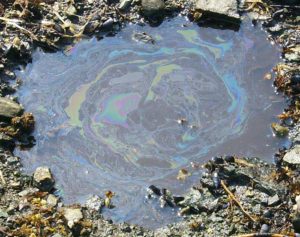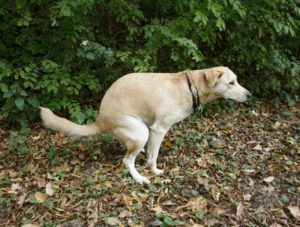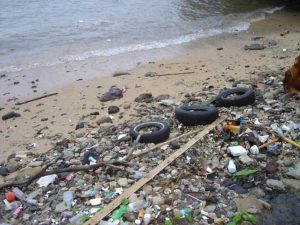What exactly is STORMWATER: A quick primer
Stormwater runoff is generated from rain and snowmelt events that flow over land or impervious surfaces, such as paved streets, parking lots, and building rooftops, and does not soak into the ground. (EPA website)
Along with stormwater, pollutants flow into the storm drains and out into our creeks, rivers, and out into the Salish Sea. Unfortunately, this pollution affects the health of all the animals and plants that live in the watershed. Especially salmon and Orcas.
Is the stormwater that flows into the storm drains filtered? NO! This means that we need to take action to help keep our waters clean.
Nonpoint sources of water pollution come from many diffuse sources and is caused by rainfall or snowmelt moving over or through the ground. The runoff carries the natural and human-introduced pollutants to groundwater, streams, rivers, and the Salish Sea. When these pollutants accumulate in high enough concentrations in a body of water, they can seriously affect the environment and the organisms living there. They can also affect human health.
There are five main categories of nonpoint sources of pollution:
1. Suspended Sediments come from construction sites, agricultural fields, and urban areas. These sediments in waterways can clog or irritate the gills of fish, can make the water murky so fish have a difficult time hiding from predators, and can block sunlight that aquatic plants need to thrive.

2. Excess nutrients from fertilizers we spread on our lawns or gardens contain phosphorous and nitrogen. Too much of these nutrients cause algal blooms. Then something called eutrophication occurs which depletes the water of oxygen. Remember the fish breathe in oxygen just like us! Try holding your breath, that is what it feels like for fish when there’s not enough oxygen.

3. Toxic Chemicals come from our vehicles (oil leaks, tires, and brake pads) and find their way into our waterways after rain or snow melt off our roads and highways. Pesticides are designed to kill organisms that are pests – like aphids or biting mites – but sometimes those same chemicals prove to be very toxic for organisms that weren’t the intended target – like fish and birds.

4. Bacteria and Viruses from animal poop can make animals, including humans, sick. There are naturally occurring bacteria and viruses in the environment but there are some that are disease carrying. Water pollution caused by fecal contamination (warm blooded animal poop!) is a serious problem due to the potential for contracting diseases from pathogens (disease-causing organisms).

5. Trash entangle and entrap animals or may sicken them if they ingest garbage. Discarded plastics, metals and other types of trash can leach harmful chemicals into the environment.

More information on non-point and point source pollution can be found at NOAA’s website on water pollution.
